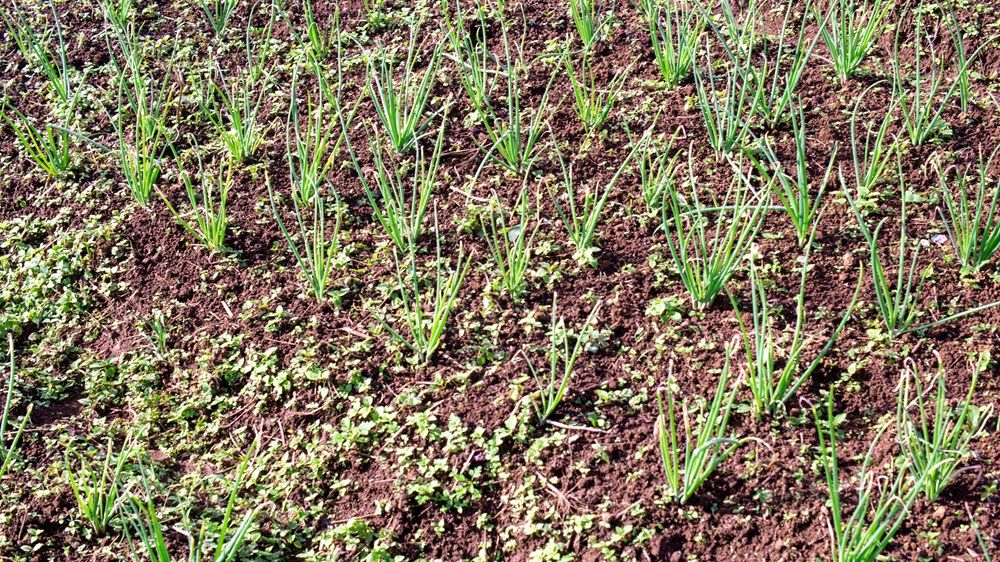
How to Use Soil-Health Indicators to Assess Soil Fertility
Date: 20/10/2023
Want to know how you can use soil-health indicators to assess soil fertility in South Africa? Understanding the health of your soil is crucial for successful agriculture, especially in a diverse environment like South Africa. By employing the right indicators, farmers and land managers can make informed decisions to enhance soil fertility and optimise crop productivity. In this article, we delve into the significance of soil-health indicators and how they can be effectively utilised to evaluate soil fertility. Create an alerts on AgriMag to be notified when your favourite item is listed.
 Photo by Min An on Pexels
Photo by Min An on Pexels
We are going to look at the following:
- Understanding Soil Health and Fertility
- Key Soil-Health Indicators for South Africa
- Assessing Soil pH Levels
- Analysing Soil Organic Matter Content
- Evaluating Nutrient Levels: NPK and Micronutrients
- Assessing Soil Structure and Texture
- Monitoring Soil Moisture Levels
- Importance of Soil Biological Activity
- Integrating Soil-Health Indicators into Farming Practices
- Understanding Soil Health and Fertility:
Soil health refers to the overall condition of the soil, encompassing its physical, chemical, and biological properties. Fertile soil supports robust plant growth by providing essential nutrients, maintaining adequate moisture levels, and fostering beneficial microbial activity. Assessing soil fertility involves examining these aspects to determine the soil's capacity to support plant life and sustain agricultural productivity.
Key Soil-Health Indicators for South Africa:
1. Assessing Soil pH Levels:
Soil pH influences nutrient availability and microbial activity. In our country, soils vary widely in pH due to diverse geological formations. Testing soil pH helps identify acidity or alkalinity, enabling appropriate adjustments through lime application or acidifying agents.
Read: What are Soil Health Indicators and How Can They Help Your Farm?
2. Analysing Soil Organic Matter Content:
Organic matter enhances soil structure, water retention, and nutrient availability. In this country, soils may experience degradation due to erosion and intensive farming. Measuring organic matter content provides insights into soil health and guides practices such as organic amendments and conservation agriculture.
3. Evaluating Nutrient Levels: NPK and Micronutrients:
Soil nutrient deficiencies can limit crop growth and yield. Testing for essential nutrients like nitrogen (N), phosphorus (P), potassium (K), and micronutrients (e.g., zinc, iron) helps tailor fertiliser applications to meet plant requirements. Soil nutrient imbalances are common in South Africa, necessitating targeted fertilisation strategies.
4. Assessing Soil Structure and Texture:
Soil structure influences water infiltration, root penetration, and aeration. Sandy soils are prevalent in some regions, while clay soils dominate others. Assessing soil texture and structure guides soil management practices such as tillage, cover cropping, and organic amendments to improve soil structure and prevent erosion.
5. Monitoring Soil Moisture Levels:
Soil moisture affects plant growth, microbial activity, and nutrient transport. Variations in rainfall patterns and irrigation practices influence soil moisture dynamics. Monitoring soil moisture helps optimise irrigation scheduling, conserve water, and mitigate drought stress for crops.

6. Importance of Soil Biological Activity:
Soil organisms play crucial roles in nutrient cycling, decomposition, and soil structure formation. Diverse ecosystems support a rich array of soil biota. Assessing soil biological activity through indicators like microbial biomass and earthworm populations reveals soil health status and informs practices such as crop rotation and organic matter management.
Read: How to use livestock for healthier soil
Integrating Soil-Health Indicators into Farming Practices:
By incorporating soil-health indicators into farming practices, growers can enhance soil fertility sustainably. Adopting precision agriculture techniques, such as grid soil sampling and remote sensing, enables targeted management interventions. Implementing conservation practices like minimum tillage, crop rotation, and agroforestry promotes soil health regeneration and resilience to environmental stressors.
In conclusion, utilising soil-health indicators is essential for assessing and improving soil fertility. By understanding soil pH, organic matter content, nutrient levels, soil structure, moisture dynamics, and biological activity, farmers can make informed decisions to enhance soil health and optimise crop productivity. Embracing sustainable soil management practices ensures the long-term viability of agriculture, fostering resilience in the face of climate change and environmental challenges. Let's prioritise soil health to cultivate a prosperous agricultural future for generations to come. Get notified whenever a new listing is added on AgriMag by creating an alert.
Categories:
Common category
Category Search:
Latest articles:

Why Planning Early for the Planting Season Pays Off

Why Winter Feed Management is Crucial for Livestock Health

How Smart Farming Technology is Revolutionising Agriculture
